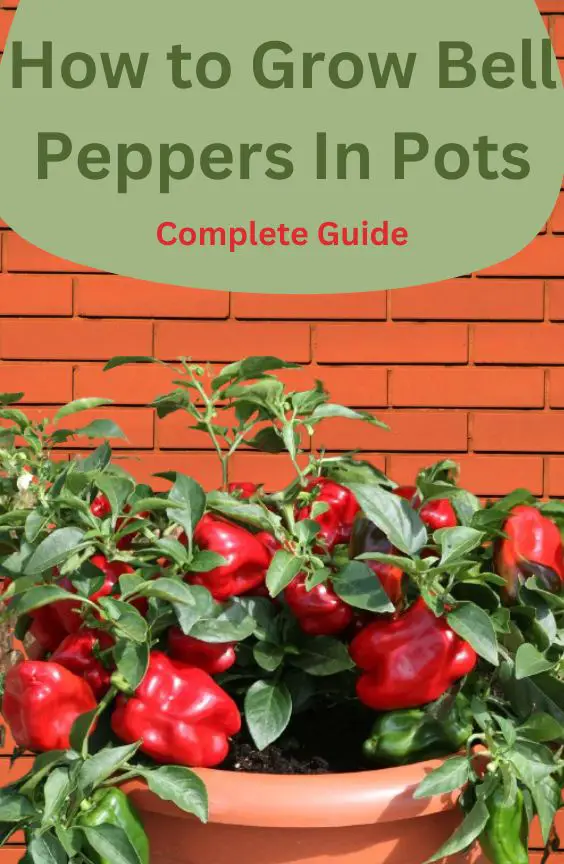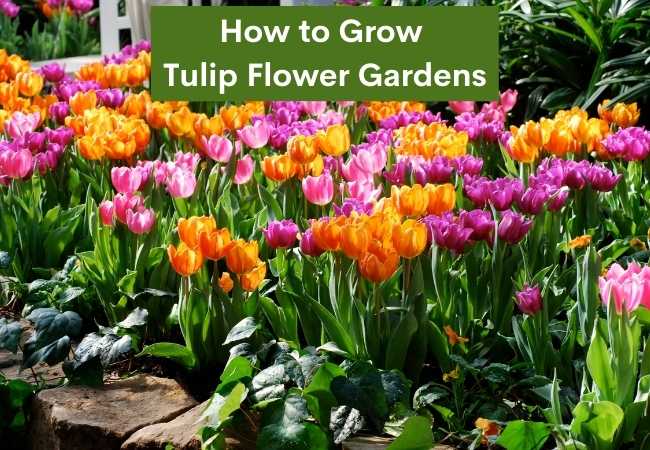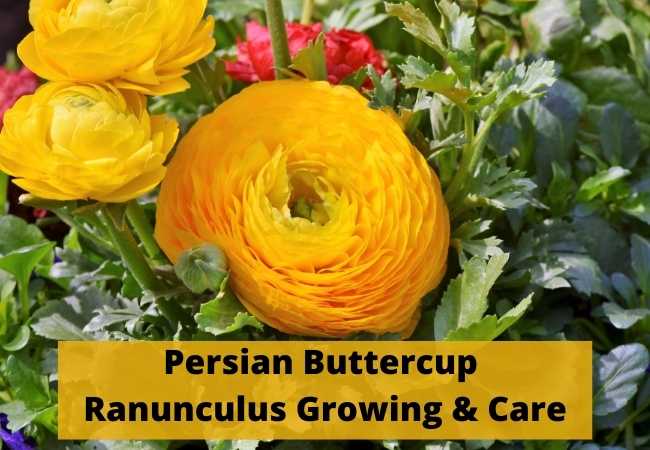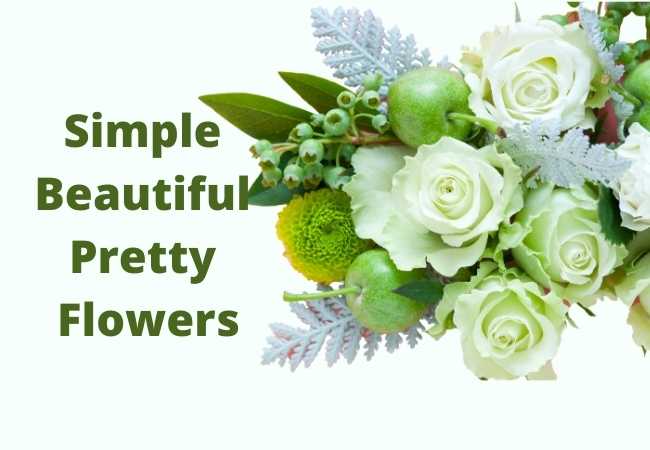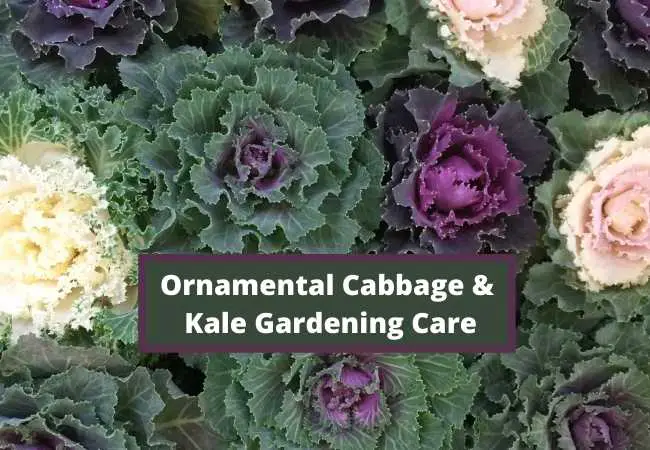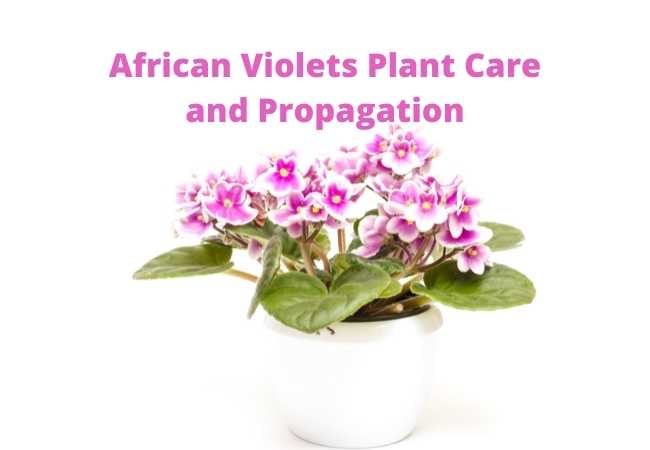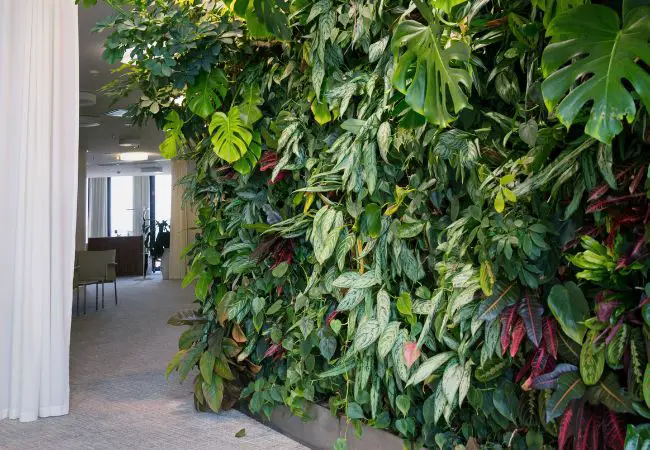How to Grow Bell Peppers In Pots Guide
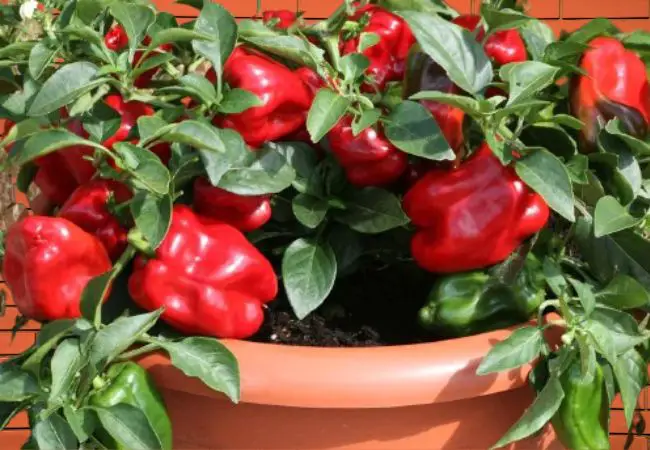
This guide on how to grow bell peppers in pots will help you have a bountiful harvest every time. Bell peppers are beloved for their vibrant colors, crisp texture, and versatility in the kitchen.
How To Grow Bell Peppers in Pots
Whether you enjoy bell peppers raw in salads, roasted in savory dishes, or stuffed with a delicious filling, having a ready supply of fresh bell peppers at your fingertips is a rewarding experience.
One way to achieve this is by growing bell peppers in pots. In this post, I will guide you through the process, from selecting the right pot and location to harvesting an abundance of bell peppers.
Selecting the Right Pot and Location
When it comes to growing bell peppers in pots, choosing the appropriate container and location is crucial for their success.
Choosing the Bell Pepper Pot
Start by selecting a large, sturdy pot with drainage holes. A 5-gallon (19-liter) pot is often sufficient for one bell pepper plant.
Ensure that the pot is deep enough to accommodate the plant’s root system. Choose a food-grade plastic pot, as it is durable and safe for growing vegetables.
Selecting the Location
Bell peppers thrive in full sunlight, so choose a sunny location that receives at least 6-8 hours of direct sunlight per day.
Consider placing the pots on a patio, balcony, or any area that provides adequate sunlight.
Additionally, ensure the location is protected from strong winds, as bell pepper plants can be sensitive to excessive exposure.
Preparing the Soil
To provide your bell peppers with a nutrient-rich environment, it is essential to prepare the soil properly.
Potting Mix or Custom Blend
Use a high-quality potting mix or create a custom blend by combining equal parts of garden soil, compost, and peat moss. This blend offers good drainage while retaining enough moisture that will support the plant’s needs.
Well-Draining and Organic-Rich Soil
Ensure the soil is well-draining to prevent waterlogged roots, which can lead to plant stress and disease. Incorporate organic matter, such as compost or aged manure, into the soil to enhance its fertility and structure.
Starting Seeds or Seedlings
Decide whether you want to start bell pepper plants from seeds or purchase young seedlings from a nursery.
Starting Seeds Indoors
Plant bell pepper seeds in a seed tray or small pots filled with moist potting mix. Provide proper lighting by placing the trays or pots under grow lights or in a sunny window.
Maintain a consistent temperature of around 70-80°F (21-27°C) for successful germination.
Once the seedlings have developed a few true leaves, transplant them into the prepared pots.
Purchasing Seedlings
Choose healthy seedlings with strong stems and vibrant leaves from a reputable nursery or garden center.
Gently transplant the seedlings into the pots, being careful not to damage the roots.
Planting seedlings is easier for gardeners who want to avoid the hustle of beginning with seeds. I also choose this option if I failed to begin my seeds in time.
Planting and Caring for Your Bell Peppers in Containers
Now that you have your bell pepper plants and pots, it’s time to provide them with the care they need to thrive.
Planting Bell Peppers In Containers
Dig a hole in the prepared soil of the pot and gently place the seedling or transplant, ensuring that the top of the root ball is level with or slightly above the soil surface.
Backfill the hole and gently press the soil around the base of the plant to secure it.
Watering Bell Peppers
Water the plants thoroughly after planting, and ensure consistent moisture throughout the growing season.
Allow the top inch (2.5 cm) of soil to dry between waterings, as bell peppers prefer evenly moist soil. Avoid overwatering, as it can lead to root rot.
Mulching
Apply a layer of organic mulch, such as straw or wood chips, around the base of the bell pepper plants. This helps to conserve moisture in the soil, prevent weed growth, and regulate soil temperature.
Staking Bell Peppers
As bell pepper plants grow, they may benefit from additional support to prevent sprawling and protect against wind damage.
Use stakes or cages to support the plants, securing them gently to avoid damaging the stems. This ensures that the plants grow upright and the peppers develop evenly.
Pest and Disease Management
Regularly monitor your bell pepper plants for pests such as aphids, caterpillars, or snails.
If an infestation occurs, consider using organic insecticides or introducing beneficial insects like ladybugs to control the population naturally. You can also use neem oil. Check this complete guide on using neem oil on plants.
Be vigilant about signs of fungal diseases such as powdery mildew or rot. If you notice some infected leaves, it’s best to cut them off before the infection spreads.
To prevent these issues, provide adequate airflow by spacing the plants appropriately and avoiding overhead watering.
Fertilization
Bell peppers are heavy feeders and require regular fertilization to maximize yield. Apply a balanced fertilizer according to the manufacturer’s instructions, usually every 4-6 weeks during the growing season.
Consider using a slow-release organic fertilizer or supplementing with compost tea to provide a steady supply of nutrients.
Harvesting and Maximizing Yield
With proper care, your bell pepper plants will soon reward you with a bountiful harvest.
Maturation and Harvesting
Bell peppers typically take around 60-90 days to reach maturity, depending on the variety. Harvest the peppers when they have reached the desired size and color.
For most bell peppers, this is when they have fully turned their characteristic vibrant green, yellow, orange, or red. Use a sharp knife or scissors to cut the peppers, leaving a short stem attached.
Regular Harvesting
To encourage further fruiting, it is important to harvest mature bell peppers regularly.
Leaving mature peppers on the plant for too long can signal to the plant that it no longer needs to produce more, resulting in a decline in yield. Aim to harvest peppers every few days as they reach their desired size and color.
Troubleshooting Common Bell Pepper Issues
While growing bell peppers, you may encounter some common issues. Here are a few troubleshooting tips that have helped me over the years.
Blossom End Rot
If you notice dark, sunken spots at the blossom end of your bell peppers, it could indicate calcium deficiency or irregular watering.
Address this issue by providing consistent moisture and adding calcium-rich amendments to the soil, such as crushed eggshells or agricultural lime.
Aphids and Other Pests
Combat aphids and other pests by using organic insecticides, such as neem oil or insecticidal soap. Alternatively, introduce beneficial insects like ladybugs or lacewings, which feed on aphids and other pests.
Fungal Diseases
To prevent fungal diseases, ensure adequate airflow around the plants by spacing them properly. Avoid overhead watering and consider applying a copper-based fungicide if necessary.
Nutrient Deficiencies
Monitor the health of your bell pepper plants regularly. If you notice signs of nutrient deficiencies, such as yellowing leaves or stunted growth, adjust your fertilization regimen accordingly.
Conduct a soil test to identify specific nutrient deficiencies and supplement with organic fertilizers or amendments as needed.
Final Thoughts
Growing bell peppers in pots is a rewarding and accessible way to enjoy a bountiful harvest of these versatile vegetables.
I love having fresh bell peppers every time I need them. After many years of gardening, bell peppers are one of the most rewarding vegetables to grow.
I hope this post on how to grow bell peppers in pots was informative and helped you get a bountiful harvest.
Finally, if you love gardening, please follow me on Multigardening Pinterest for more awesome gardening posts.
